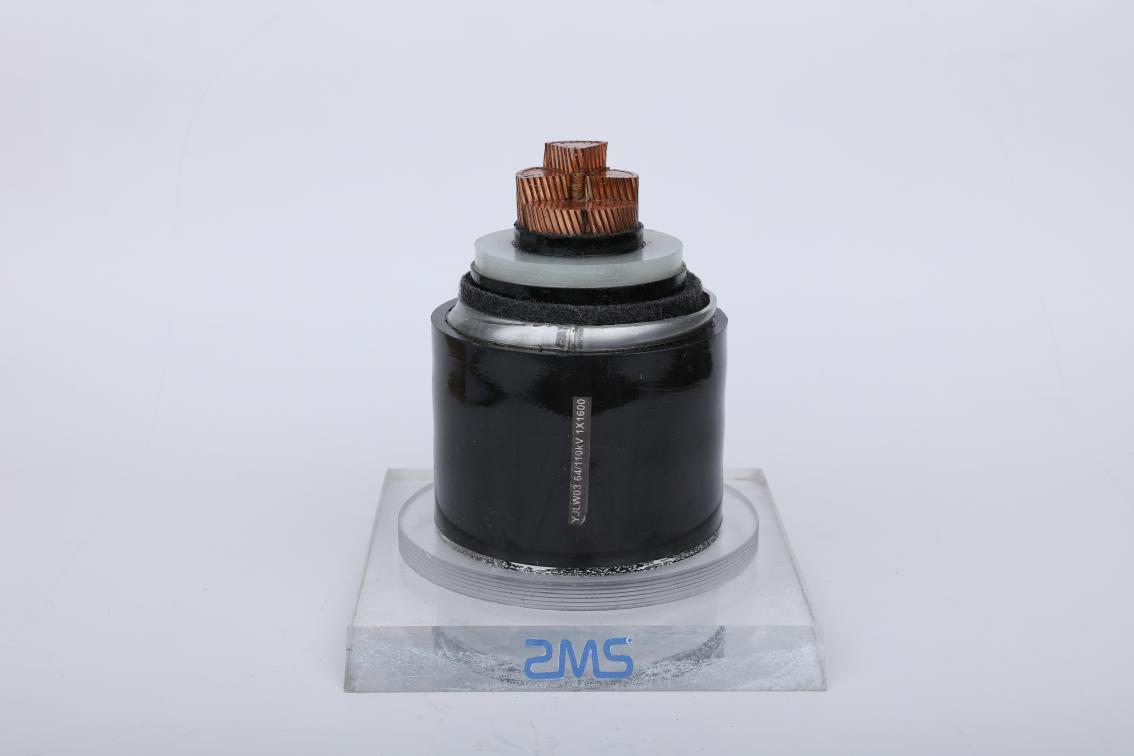
Ultra-high voltage transmission refers to the use of 500 kV - 1000 kV voltage levels to deliver electrical energy.
If the 220 kV transmission index is 100%, the relative investment per kilometer of EHV transmission, the relative cost per 100 kWh of electricity transmission per kWh, and the consumption of metal materials are greatly reduced, and the utilization rate of the corridor is obvious. improve.
In daily life, we can often see overhead EHV transmission projects.
Have you ever thought about such a question: Why can't the high-voltage wires be buried underground like urban underground cables?
Current underground cables are generally low-voltage, while high-voltage lines are often transmitted overhead, mainly due to cost and technology.
Underground cables are more complex than overhead lines, have high technical requirements, are difficult to manufacture and construct, and are buried in the ground.
It is not easy to find faults, and it isn't easy to repair and maintain. In terms of cost, the cost of underground cables of the same voltage level is generally three to five times higher than that of overhead lines.
In particular, our common high-voltage line is often used for long-distance transmission. If underground cables are used, especially for long-distance transmission, often through complex terrain, the cost and technical requirements will rise linearly.
On the other hand, it is also the innate "hard" of the underground cable itself.
The overhead line has good heat dissipation conditions in the air, and the air around the underground cable does not flow and is difficult to dissipate heat, which largely limits the level of power that the underground cable can deliver.
What is important is that UHV transmission can not find an effective insulating material to make the outer insulation layer of the wire.
Therefore, the ultra-high voltage electric wires are bare and cannot be buried underground.
There is a distributed capacitance around the wire, through which current can leak out, which increases the consumption on the one hand; on the other hand, if any animal is close, there is a danger of electric shock.
In the air, as long as the wire is directly placed there, but in the underground, you need to add a layer of insulating shell outside the wire, otherwise the power in the wire does not go far, and the leakage will leak little.
Underground cables are more complex than overhead lines, have high technical requirements, are difficult to manufacture and construct, and are buried in the ground.
It is not easy to find faults, and it isn't easy to repair and maintain. Generally, the cost of underground cables of the same voltage level will be several times or even tens of times higher than that of the high-voltage lines in the air.
The ultra-high voltage cable is buried in the ground. It has both safety and economic problems.
If it fails, the engineering of inspecting and repairing the cable is very large, and it cannot withstand the toss. Therefore, the current ultra-high voltage cable should be hung in the high In air.
The insulation layer and protective layer of the underground cable conductor are manufactured very strictly, and the human body normally contacts the outer skin of the cable without any danger.
Cable laying is also very particular. Cables are mostly buried in dedicated cable trenches, cable ducts, or cable tunnels.
They are well isolated and protected. The depth is generally less than half a meter. The higher the voltage level, the more buried the cable. deep.
Moreover, every few tens of meters on the ground where the cable is buried, there will be a cable working well or a cable marking pile as a sign to remind people to pay attention to safety. Therefore, underground cables generally do not pose a danger to residents.